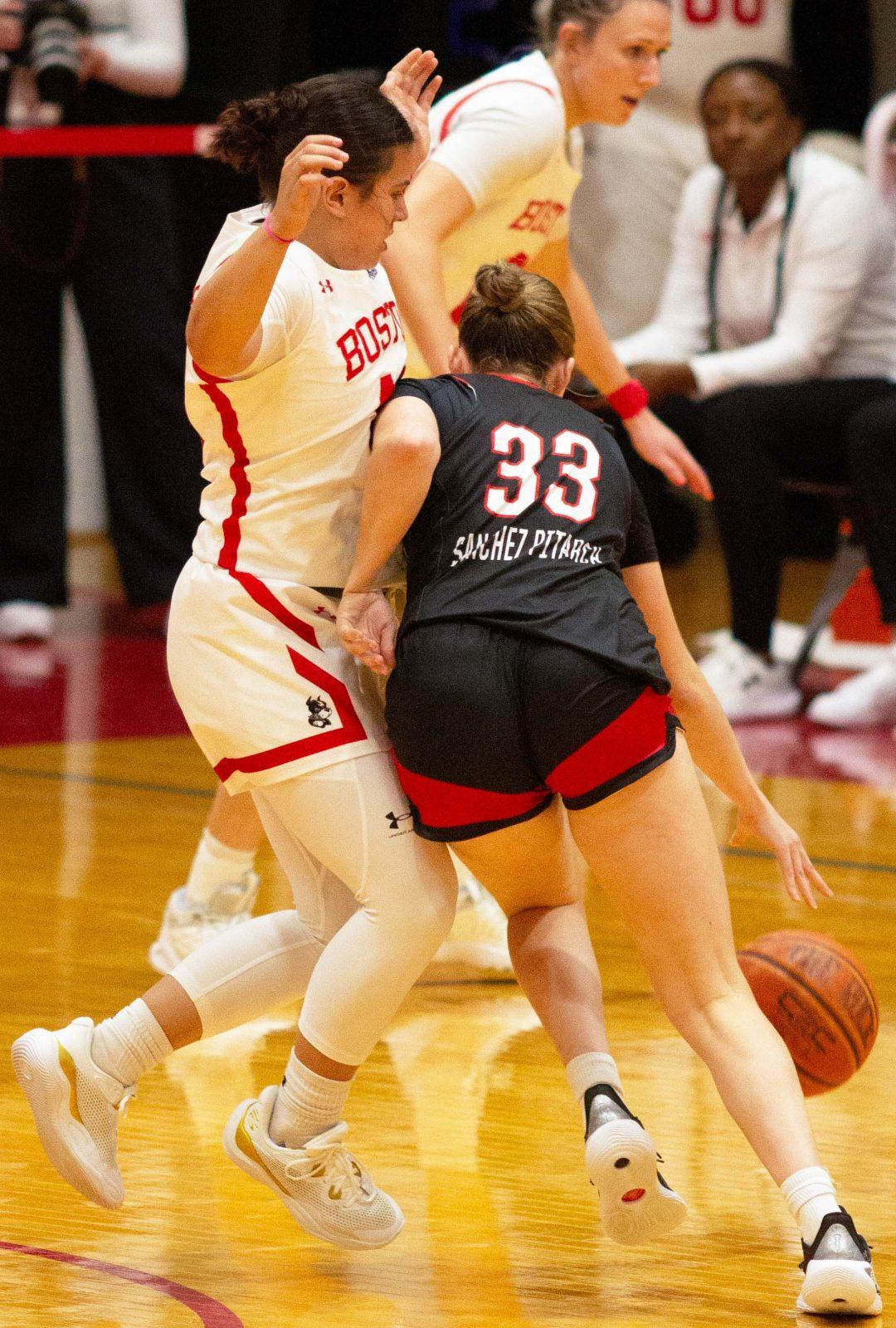Colleges and universities that do not belong to the six “major” NCAA conferences (AAC — formerly the Big East — ACC, Big 10, Big 12, Pac-12 and SEC) are known as “mid-majors.” It’s colloquial in nature, and not recognized by the NCAA to mean anything in particular.
The term is used most heavily in college basketball, especially during the NCAA basketball tournament held annually in March and April. The term “mid-major” just has a negative connotation, doesn’t it? If I’m sitting on my couch on SelectionSunday, and I hear that a mid-major got an at-large bid instead of my favorite college basketball team (Syracuse University, in case you were wondering) I would be pretty angry about it.
But the term is out-of-date. In three out of the last four NCAA tournaments, a so-called “mid-major” has advanced to the Final Four. In 2010 and 2011, the national runner-up was a mid-major. That team, the Butler University Bulldogs, were mere inches away from upsetting Duke University in the 2010 final. The last couple minutes of that game (Butler vs. Duke) were some of the most exciting that I’ve ever seen in basketball.
So the issue with the term here is that not only are mid-majors playing up with the “major” teams, they’re often better than those teams. Over the last seven years, the Horizon League, which is generally designated as a mid-major conference, has a better winning percentage in the NCAA Tournament (just more than 65 percent) than most “major” conferences.
It’s become increasingly clear that the term “mid-major” is obsolete. Why not just put everyone on a level playing field? I’m not saying we should reshuffle the conferences again, because it has been a hectic couple of years in that respect. The conferences (for the most part) make sense in terms of school size and geographic location. But what I am suggesting is that the college basketball world abandon the term “mid-major.” It’s not exactly demeaning, but it does suggest that some teams and schools are more important than others, which is probably the truth. Teams such as the University of North Carolina-Chapel Hill, Duke and the University of Kentucky earn the NCAA copious amounts of money in television and advertising revenue. But the idea that some schools are better “earners” (and, suggestively, subject to favoritism and beneficial media coverage) is not one that the image-obsessed NCAA wants to support.
Is Boston University a “mid-major?” Technically, since it doesn’t come from any of the six major conferences, it is classified as such. BU’s new league, the Patriot League, isn’t known as a hotbed for basketball. But it’s no pushover, either. And it seems as though our men’s basketball team also isn’t a pushover this year. NBCSports.com recently ranked its top 25 mid-major men’s basketball teams for the 2013-14 season. Boston University clocked in at no. 11.
Here’s exactly what NBCSports.com had to say: “In their first year in the Patriot League, the Terriers will be the prohibitive favorite to win the league. The combination of D.J. Irving and Maurice Watson in the backcourt is one of the best among mid-majors.”
The top-ranked mid-major squad is Wichita State University, fresh off a trip to the 2013 Final Four.
Does Boston University’s designation as a mid-major help or hurt the program’s credibility? As opposed as I am to the term “mid-major,” it is a step up for BU. Playing in the America East Conference made it difficult for BU to gain national exposure. The most famous America East basketball team is probably the University of Vermont, who upset Syracuse in the first round of the 2005 NCAA Tournament. That was a dark day in the life of nine-year-old Patrick, to be sure. Anyway, BU’s move to the Patriot League does boost its exposure just a bit.
Boston University’s designation as a “mid-major” is ultimately good for the school and the program. But for schools like Butler, Wichita State and Virginia Commonwealth University (all of which have advanced to the Final Four once in the last three seasons) it’s a slap in the face. I’m sure that some school officials like being the underdog. When they knock off “major” programs, it just looks that much better. But realistically, it’s not fair to call certain programs “major” and others mid-major. The vast majority of mid-major college programs are quality ones. They can compete with the “major” teams. They might not be able to beat them, but they can compete.
Thankfully, unlike college football, college basketball has the great equalizer in the NCAA Tournament. During March Madness, it doesn’t matter if you’re from the ACC or from the Missouri Valley Conference; each team is seeded from number one to number 16. It’s no coincidence that, when playing against the “majors,” the mid-major teams end up performing well. The term “mid-major” doesn’t really apply to most teams anymore. Let’s get rid of it.






















































































































